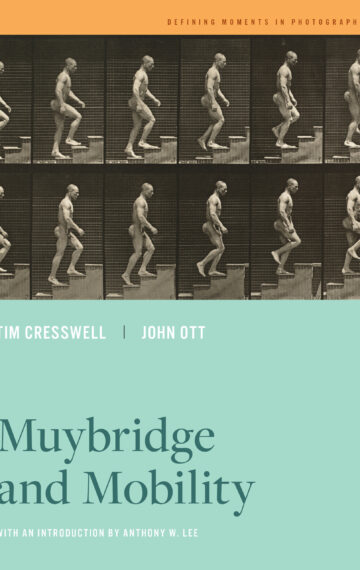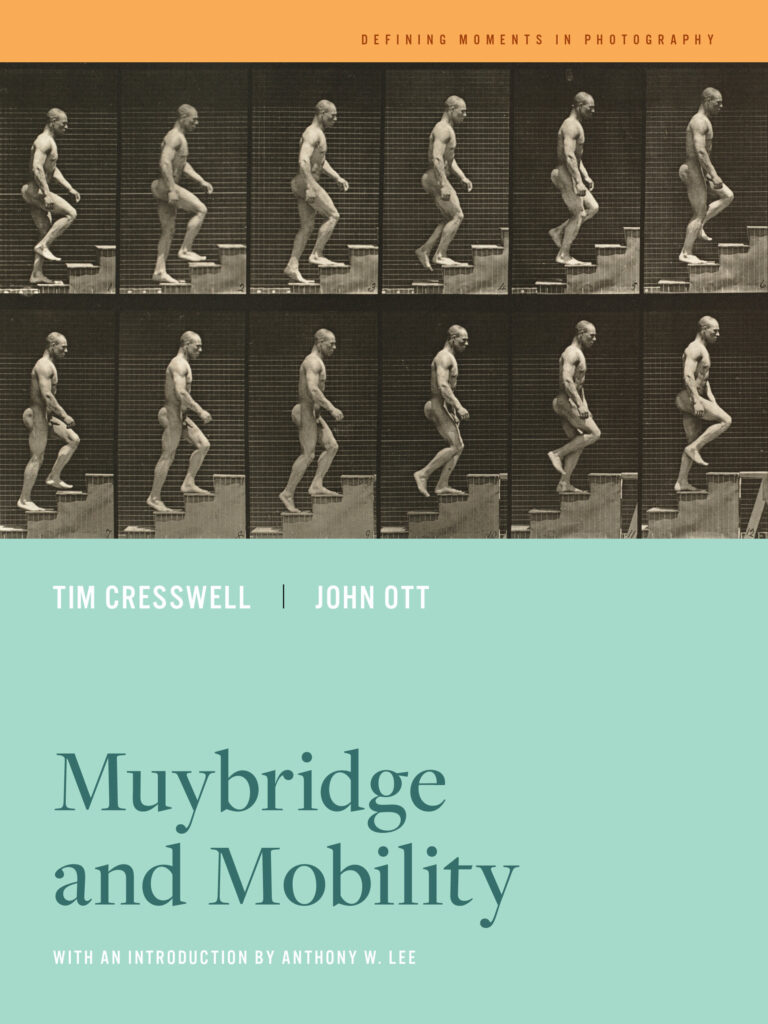
- Publisher: University of California Press
- Available in: Hardback, Paperback, eBook
- ISBN: 9780520382435
- Published: March 1, 2022
In 1878, Eadweard Muybridge successfully photographed horses in motion, proving that all four hooves leave the ground at once for a split second during full gallop. This was the beginning of Muybridge’s decades-long investigation into instantaneous photography, culminating in his masterpiece Animal Locomotion. Muybridge became one of the most influential photographers of his time, and his stop-motion technique helped pave the way for the motion-picture industry, born a short decade later.
Coauthored by cultural geographer Tim Cresswell and art historian John Ott, this book reexamines the motion studies as historical forms of “mobility,” in which specific forms of motion are given extraordinary significance and accrued value. Through a lively, interdisciplinary exchange, the authors explore how mobility is contextualized within the transformations of movement that marked the nineteenth century and how mobility represents the possibilities of social movement for African Americans. Together, these complementary essays look to Muybridge’s works as interventions in knowledge and experience and as opportunities to investigate larger social ramifications and possibilities.
Reviews
“One of the most important contributions to the history of photography, Eadweard Muybridge’s series of motion studies is standard viewing for anyone interested in the field. Muybridge and Mobility presents fresh perspectives on this iconic series and challenges readers to think of it in new ways.”—Steven Hoelscher, Professor of American Studies and Geography, University of Texas at Austin
“Muybridge and Mobility offers fresh insight into this famous photographer. Tim Cresswell and John Ott mine Muybridge’s photographs for overlooked phenomena of the Gilded Age: the integration of Black athletes into professional sports and the initiation of a scientific culture of surveillance.”—Wendy Jean Katz, author of Humbug! The Politics of Art Criticism in New York City’s Penny Press
